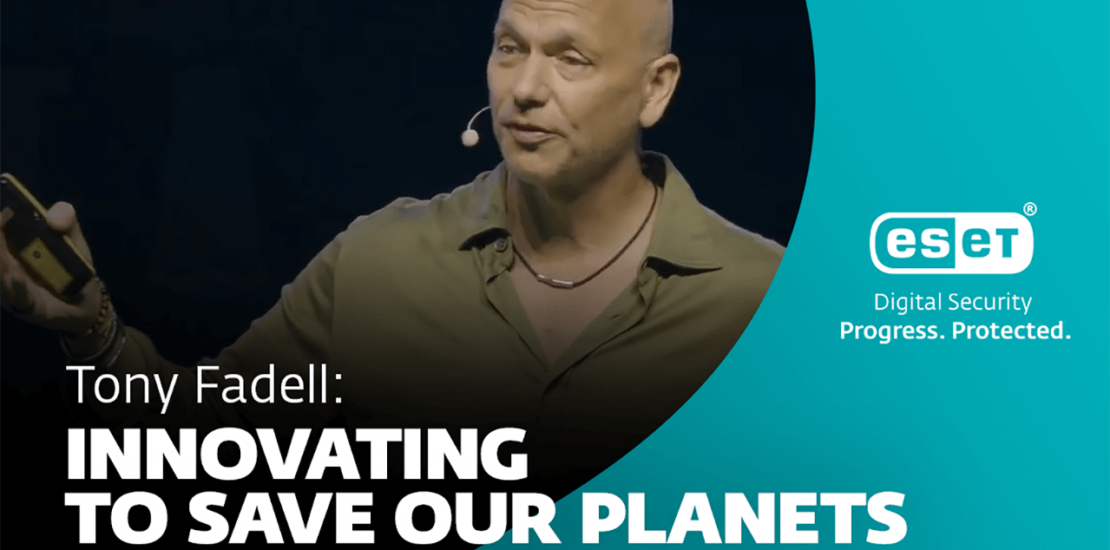Tony Fadell: Innovating to save our planets
- November 4, 2024
- Posted by: claudia
- Categories:

Methane emissions are increasingly coming under scrutiny due to their significant impact on climate change, often overshadowed by the focus on carbon dioxide. Methane is far more potent in its warming effect compared to CO2, and understanding this has led to a rise in initiatives aimed at reducing methane emissions. However, effectively targeting these emissions necessitates precise identification of their sources, a challenge where advanced satellite technology plays a crucial role.
Tony Fadell, a noted engineer and entrepreneur, has introduced MethaneSAT, a groundbreaking satellite designed to map and monitor methane emissions primarily arising from oil and gas operations, alongside contributions from agriculture and landfills. These sectors collectively represent the largest sources of methane on a global scale. By using data from these methane-monitoring satellites, stakeholders can accurately detect leakage, guiding regulations and enforcement actions needed to mitigate emissions.
The need for accurate identification of methane sources underscores the importance of satellite technology in climate conversation. MethaneSAT’s data is not just about pinpointing leaks; it serves as a foundation for structuring effective regulatory frameworks to address these emissions systematically. This technology shifts the paradigm from reactive to proactive measures in environmental management.
Aside from addressing the pressing issue of methane emissions, ESET has demonstrated its commitment to fostering scientific innovation and progress, evident in its partnership with Starmus, a global science communication festival. The festival held its 7th edition in Bratislava, Slovakia, in May 2024, focusing on integrating cutting-edge research and technology to tackle global challenges.
Starmus showcased a diverse array of perspectives from leading thinkers in science and technology, emphasizing the role of innovation in facing climate and ecological issues. The festival experience is now accessible for everyone, allowing a broader audience to engage with crucial scientific dialogues that drive forward solutions to pressing global challenges.
The emphasis on collaboration between technological advancements and scientific research highlights a broader trend where multidisciplinary approaches are necessary to navigate complex environmental problems. The intersection of satellite monitoring technology and scientific inquiry paves the way for more informed decision-making and greater accountability regarding emissions.
As awareness of methane’s implications grows, the deployment of such innovative technologies is critical. By integrating this data into policy and practice, there exists a potential for meaningful progress in combating climate change. Ultimately, the ongoing efforts to monitor and mitigate methane emissions may serve as a model for addressing other critical environmental issues through technological innovation and strategic regulatory frameworks.
In summary, as the world intensifies its focus on climate action, understanding and reducing methane emissions through advanced monitoring technology and collaborative scientific efforts stand out as pivotal in the fight against climate change.
